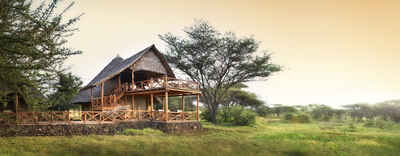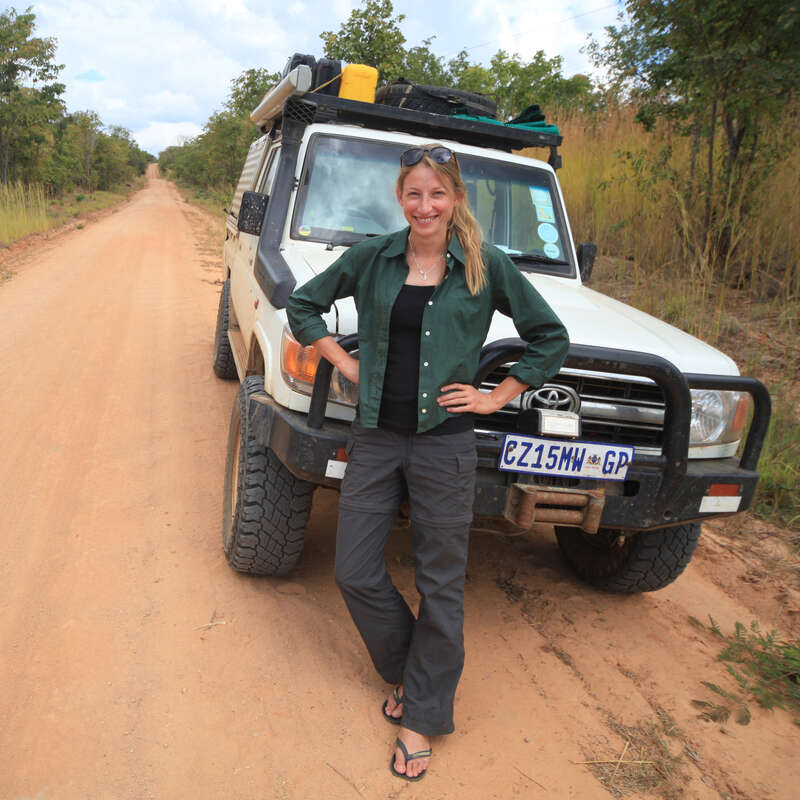About Severin Safari Camp
Of the limited number of accommodation options in Tsavo West, Severin Safari Camp is one of just three tented ...
... camps and unusual in being built on a flat plain that usually teems with wildlife. German owned, and run with enthusiastic devotion by a German couple, it is very centrally located for Mzima Springs, the Tsavo River and Tsavo West’s spectacular volcanic landscapes. The camp has an Eco-Tourism Kenya Silver Award and our impression is that it’s run on strong eco-tourism principles.
Severin Safari Camp’s combination of excellent, hands-on management, harmonious design and architecture and a terrific natural environment has produced a winning safari camp that seems to tick every box without making you feel part of a tourism machine, and the bush walks to Mzima Springs are a huge bonus. If we had one bone to pick it would be that the tents and cottages could be spaced further apart for added privacy.
Our view
Severin Safari Camp’s combination of excellent, hands-on management, harmonious design and architecture and a terrific natural environment has produced a winning safari camp that seems to tick every box without making you feel part of a tourism machine, and the bush walks to Mzima Springs are a huge bonus. If we had one bone to pick it would be that the tents and cottages could be spaced further apart for added privacy.
Accommodation
27 rooms
Children
Best for mature 7+
Open
All year
Activities

4WD Safari

Birdwatching

Guided walking safari

Private activities
Traveller reviews of Severin Safari Camp
8 real, un-edited reviews from Expert Africa's travellers.
Arrived 29 Oct 2024, 2 nights
"Severin Safari Camp review"
Overall rating: Excellent
Arrived 22 Oct 2024, 2 nights
"Severin Safari Camp review"
Overall rating: Good
Arrived 9 Sep 2023, 1 nights
"Severin Safari Camp review"
Overall rating: Good
Arrived 20 Mar 2022, 3 nights
"Severin Safari Camp review"
Overall rating: Good
Arrived 10 Mar 2019, 2 nights
"Severin"
Overall rating: Excellent
Arrived 12 Oct 2017, 2 nights
"Review of Severin Safari Camp"
Overall rating: Excellent
Arrived 9 Aug 2017, 3 nights
"Now for a bit of luxury "
Overall rating: Excellent
Arrived 30 May 2017, 2 nights
"The Best in West Tsavo"
Overall rating: Excellent
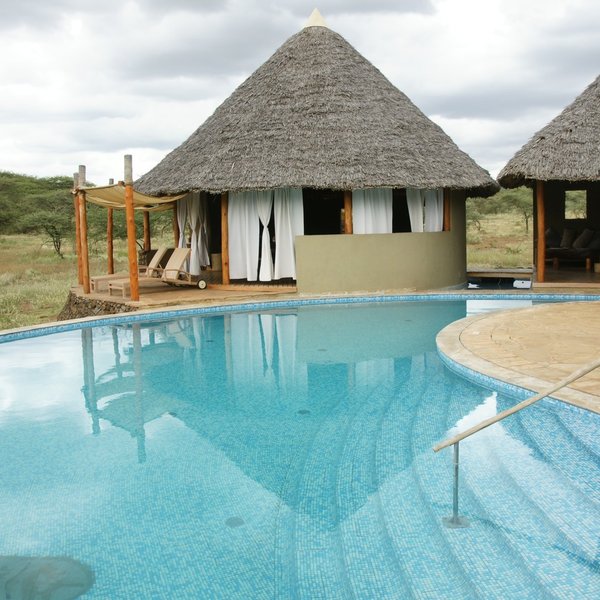
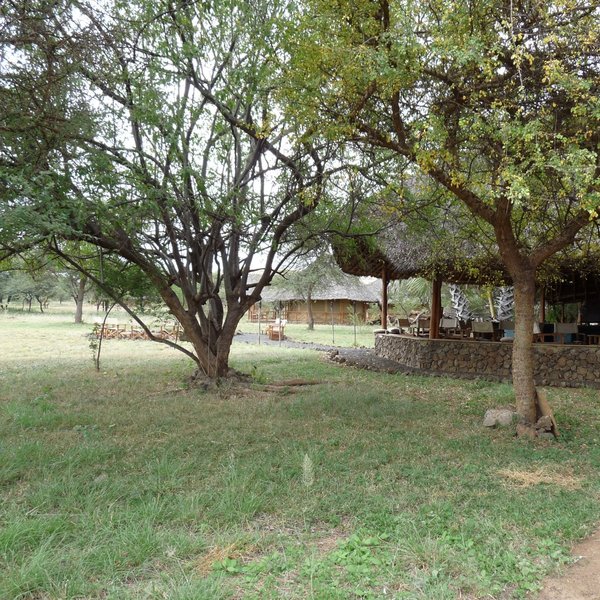
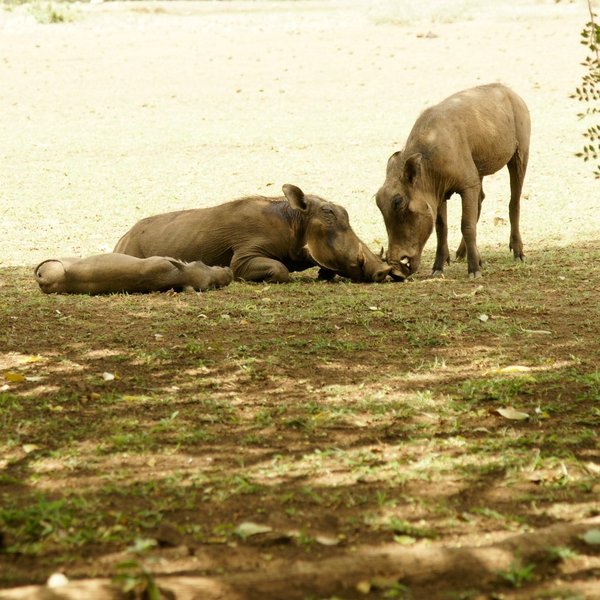
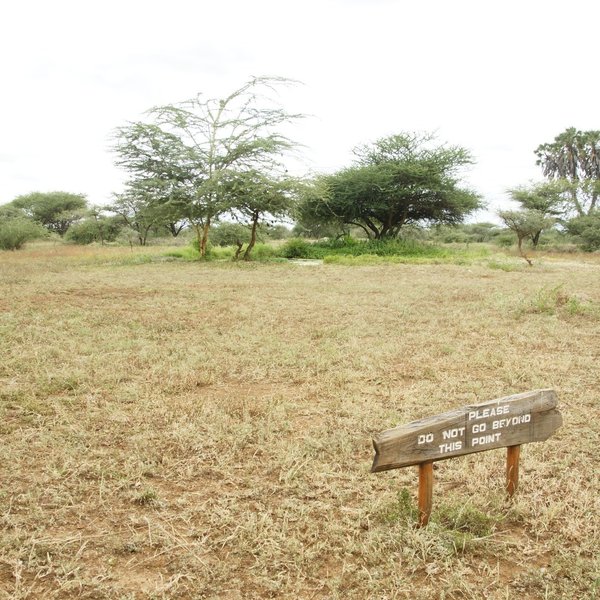
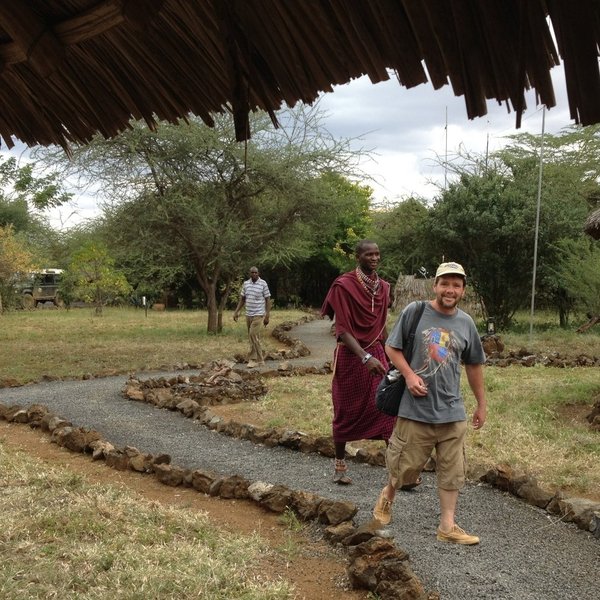
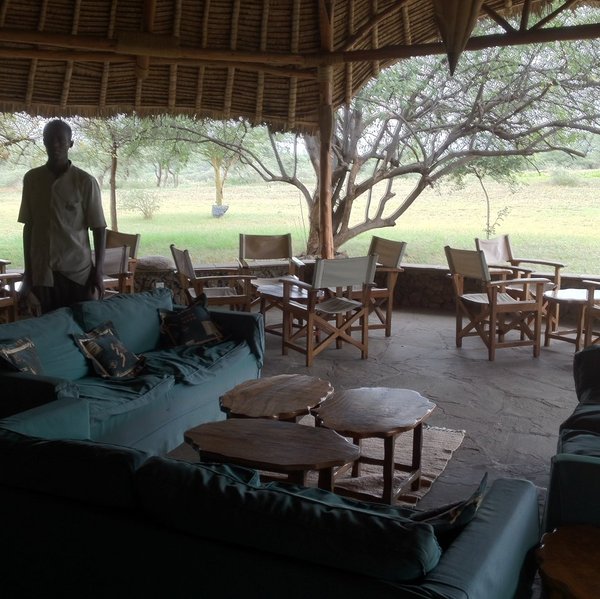
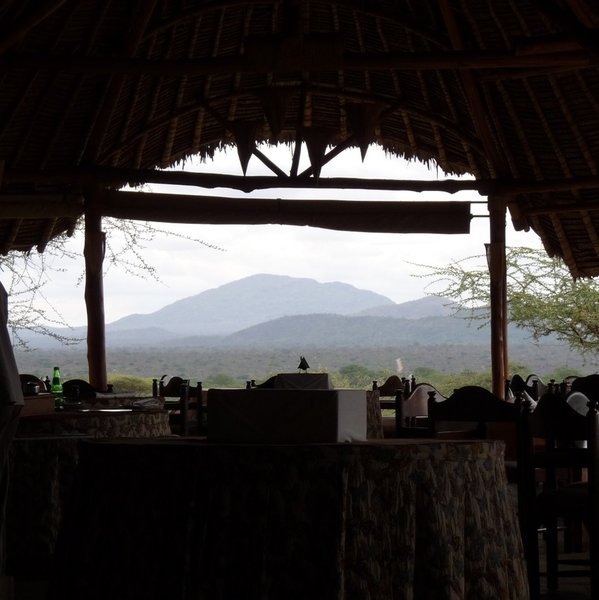
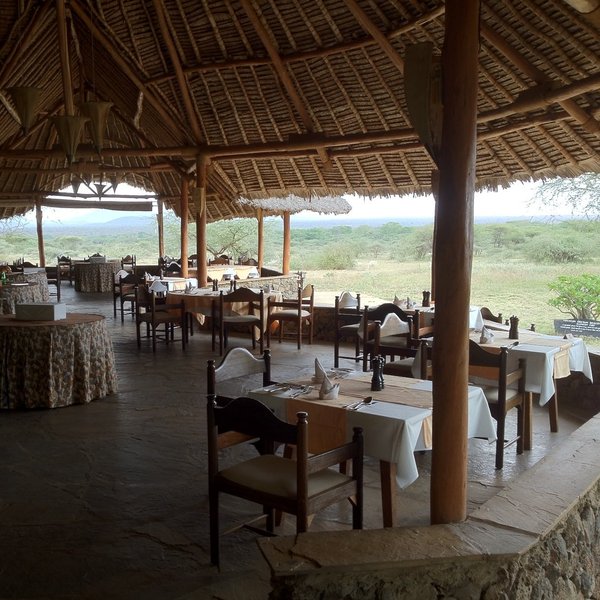
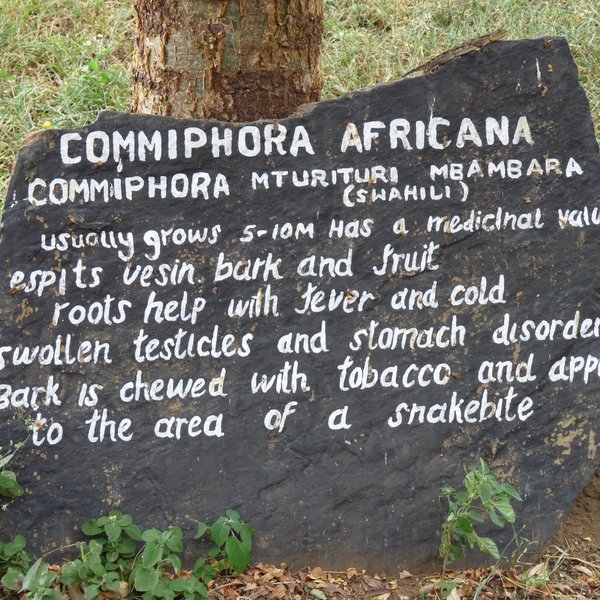
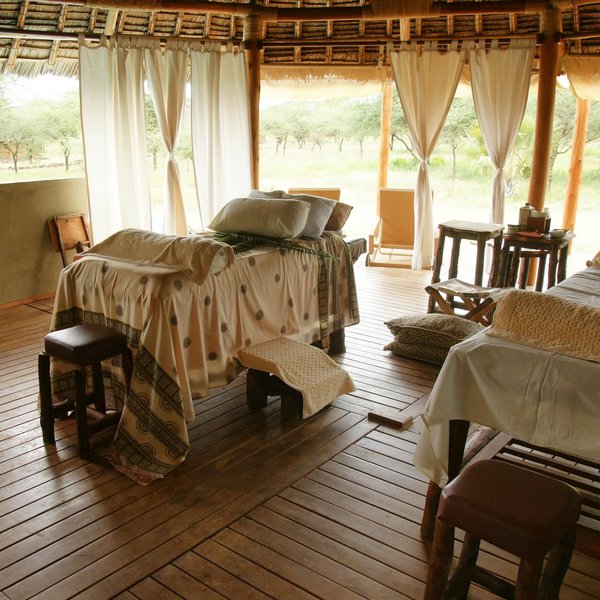
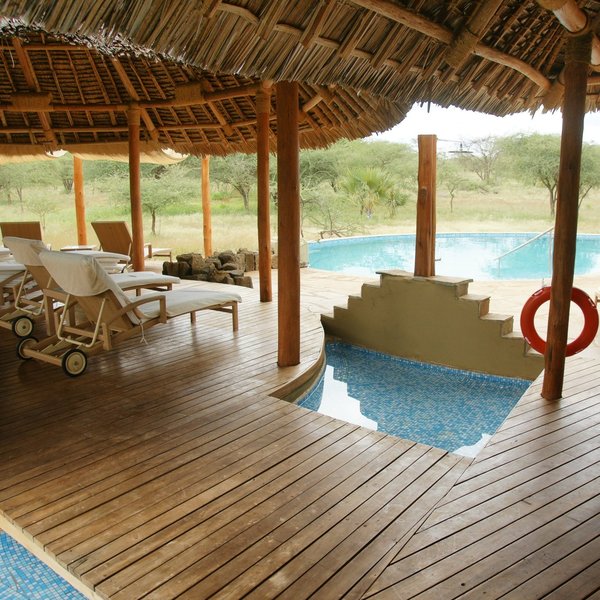
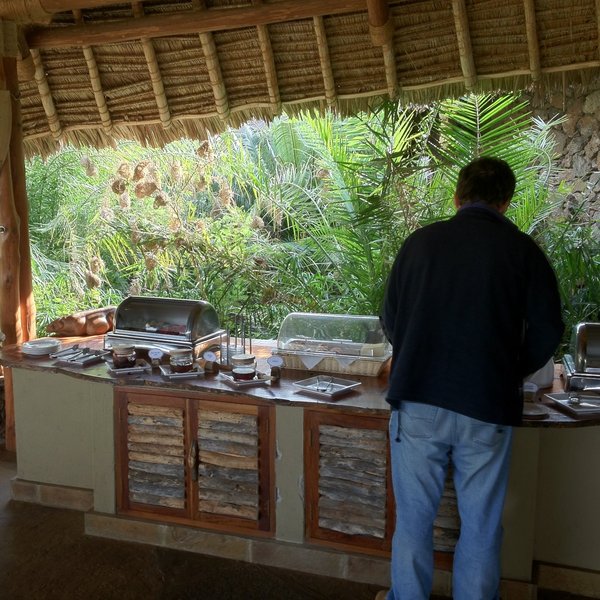
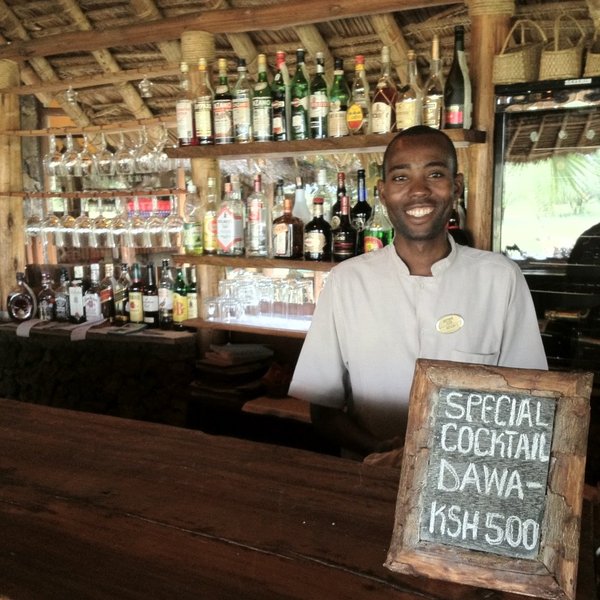
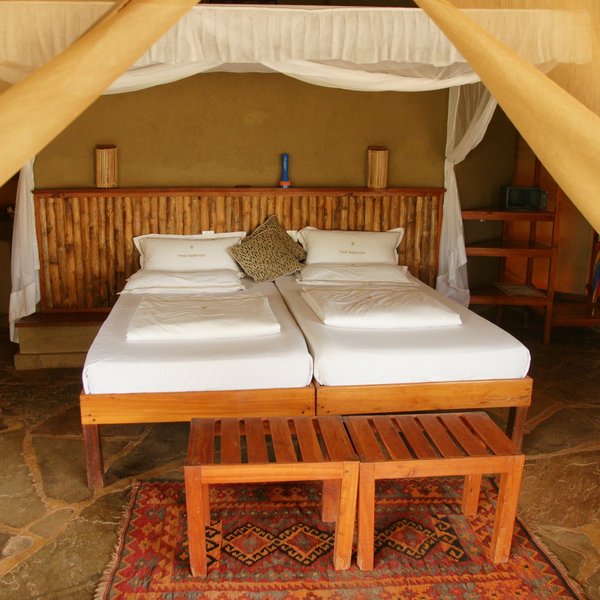
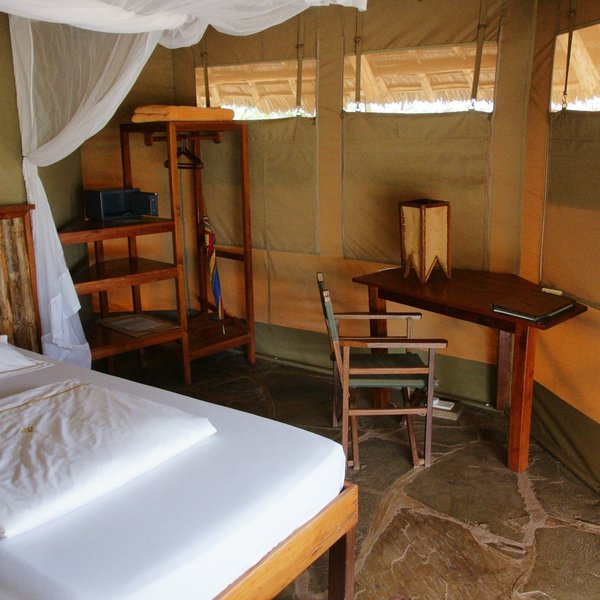
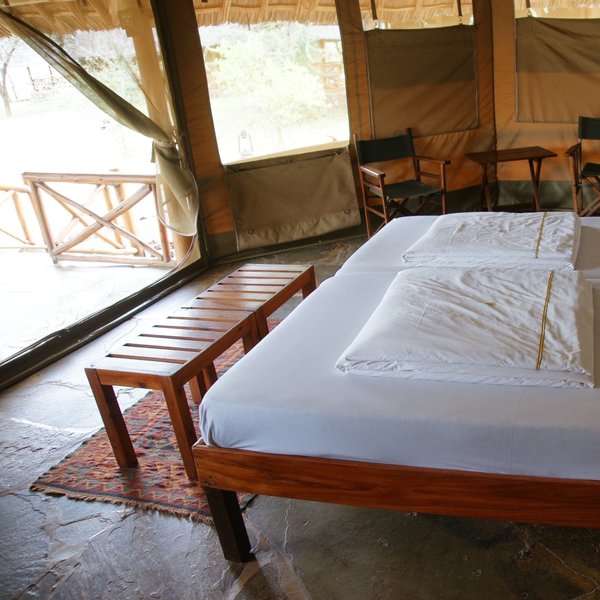
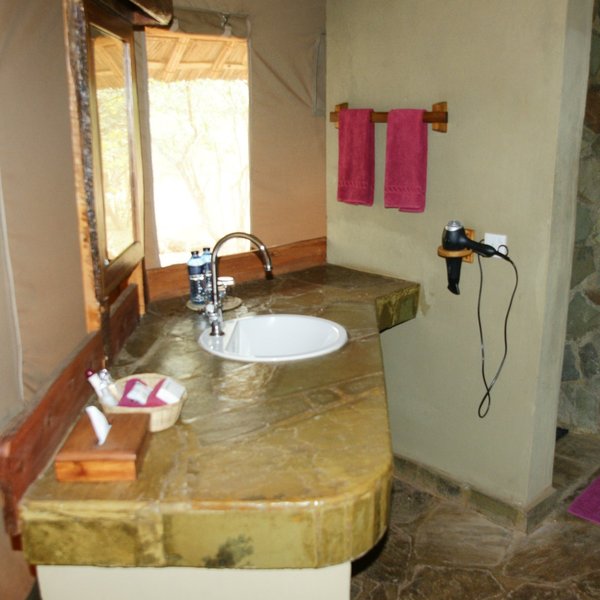
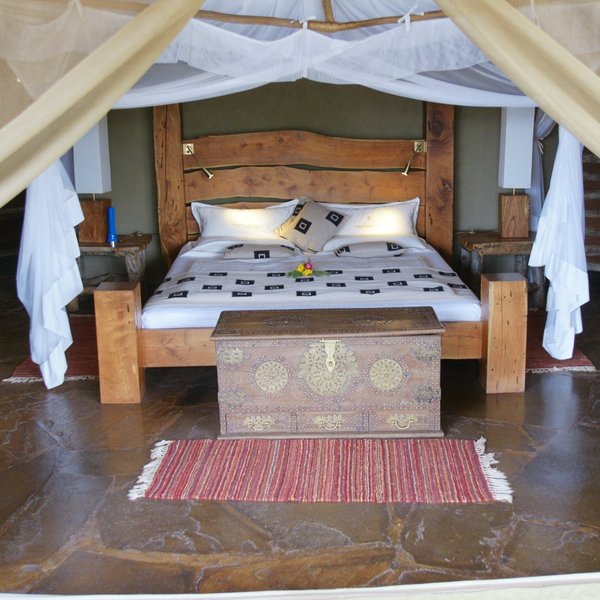
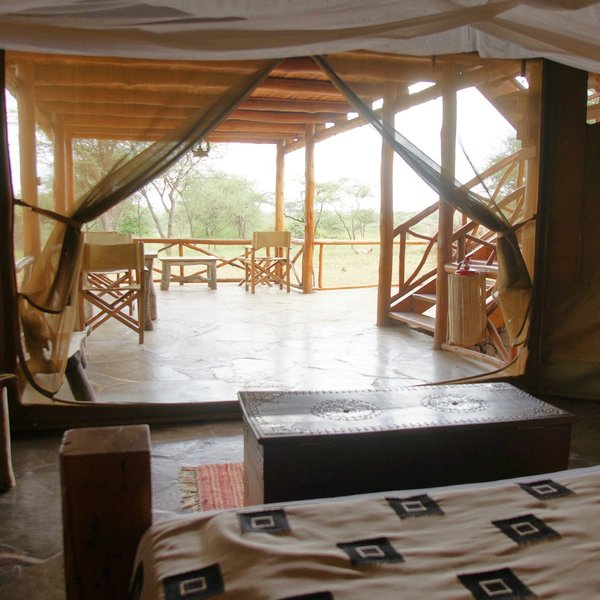
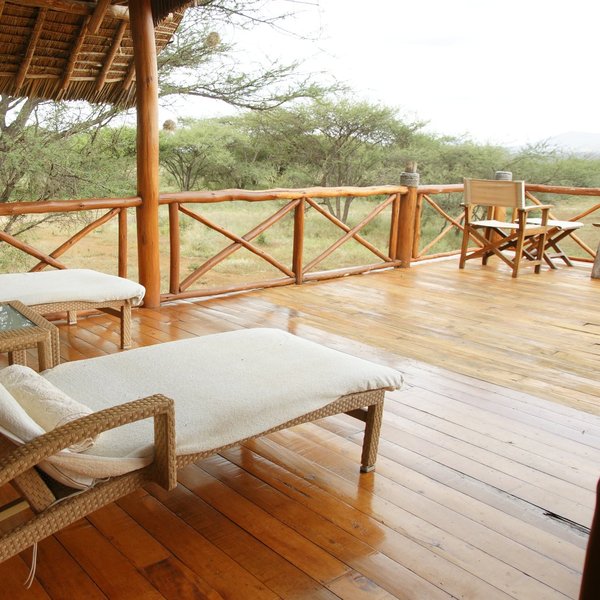
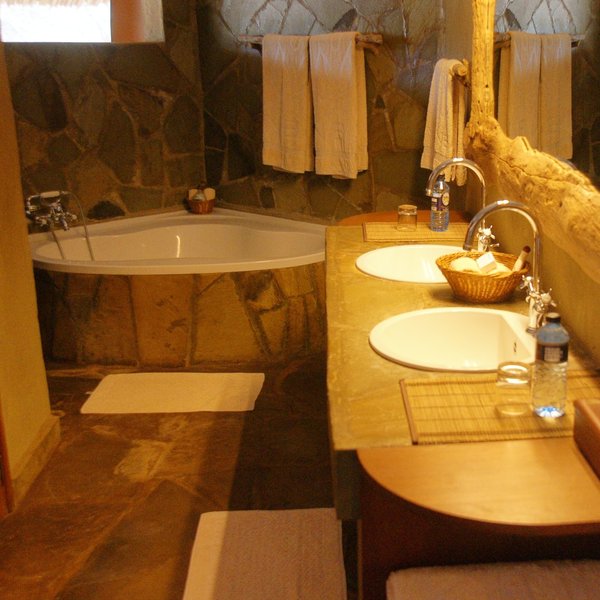
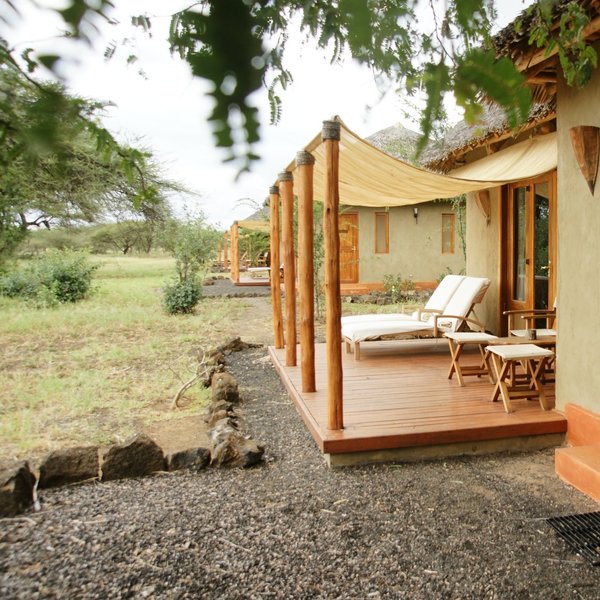
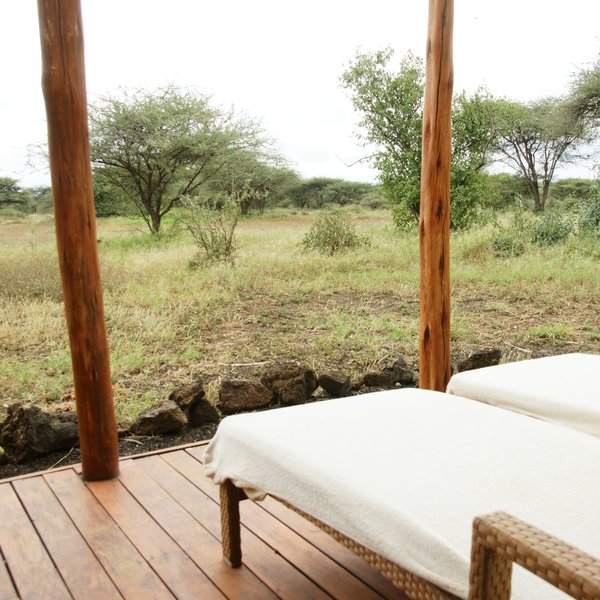
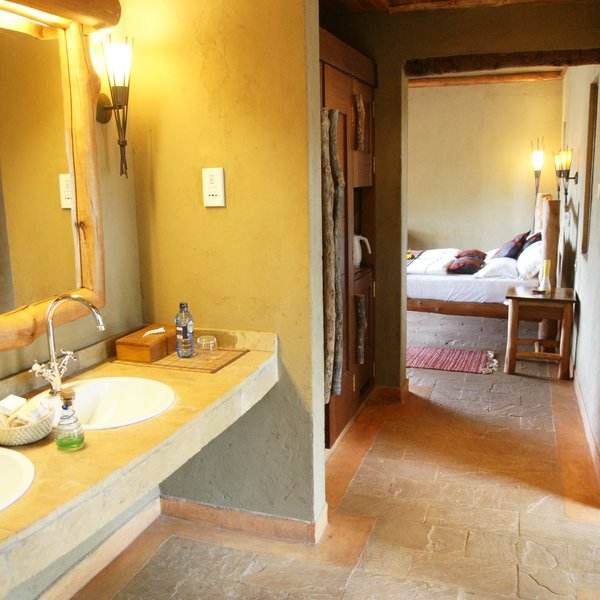
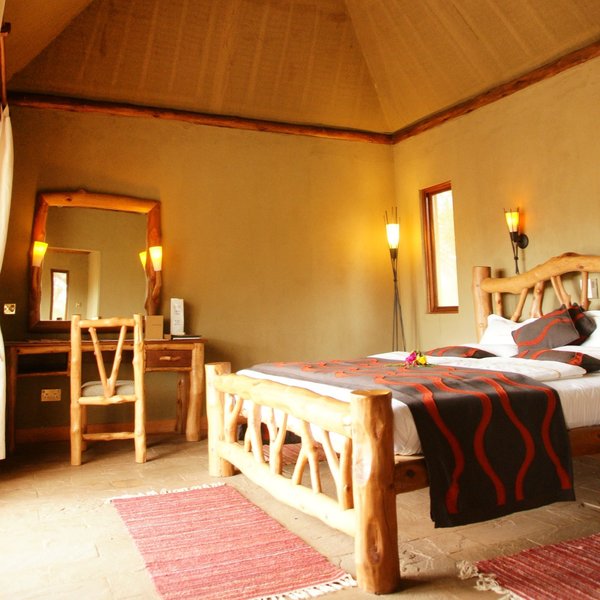
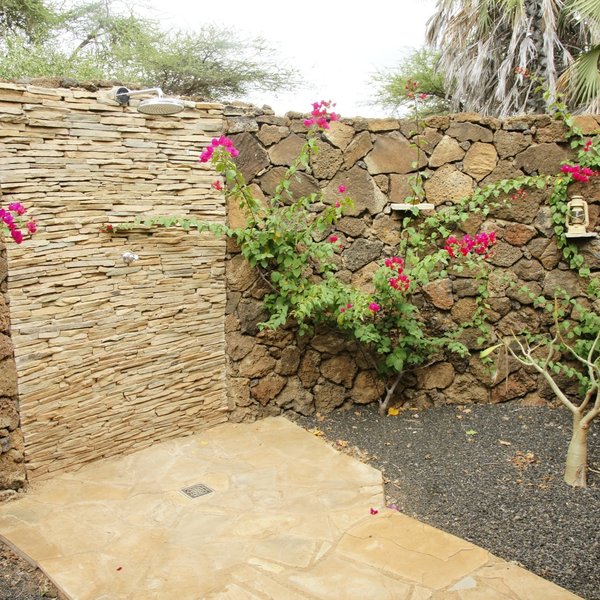
Expert Africa's gallery
When we travel we take lots of photos ourselves to give you a real and un-edited view of the safaris. See our 26 pictures of Severin Safari Camp to get the candid view.
View gallerySafaris visiting Severin Safari Camp
Just ideas, we'll always tailor-make a trip for you
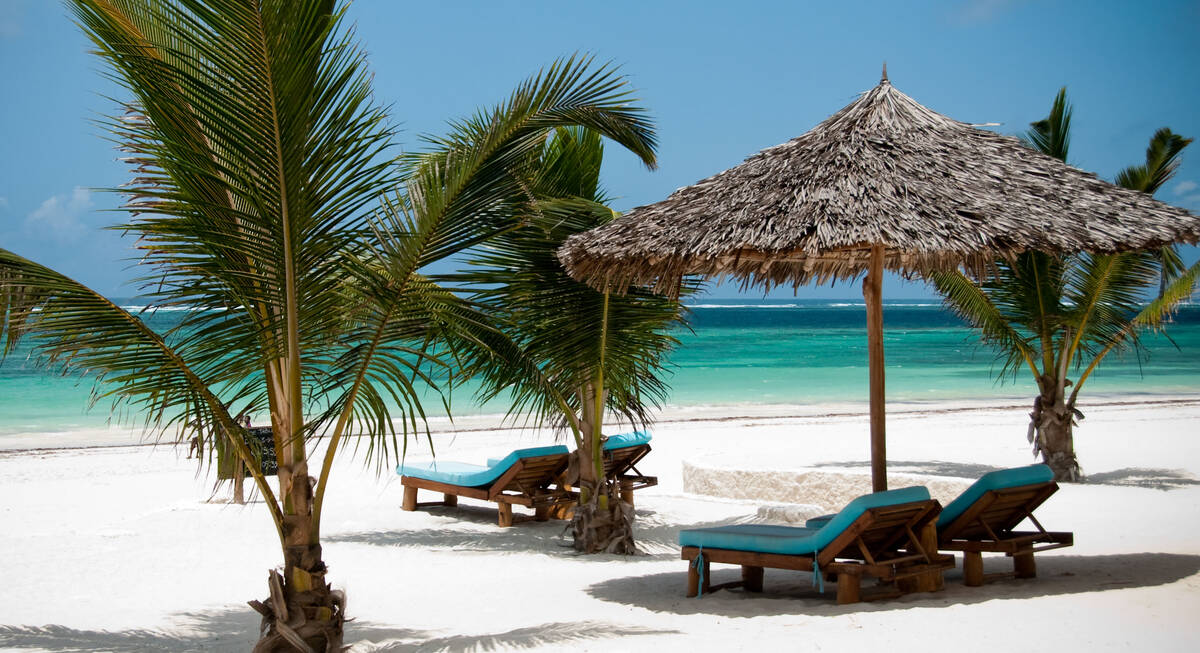
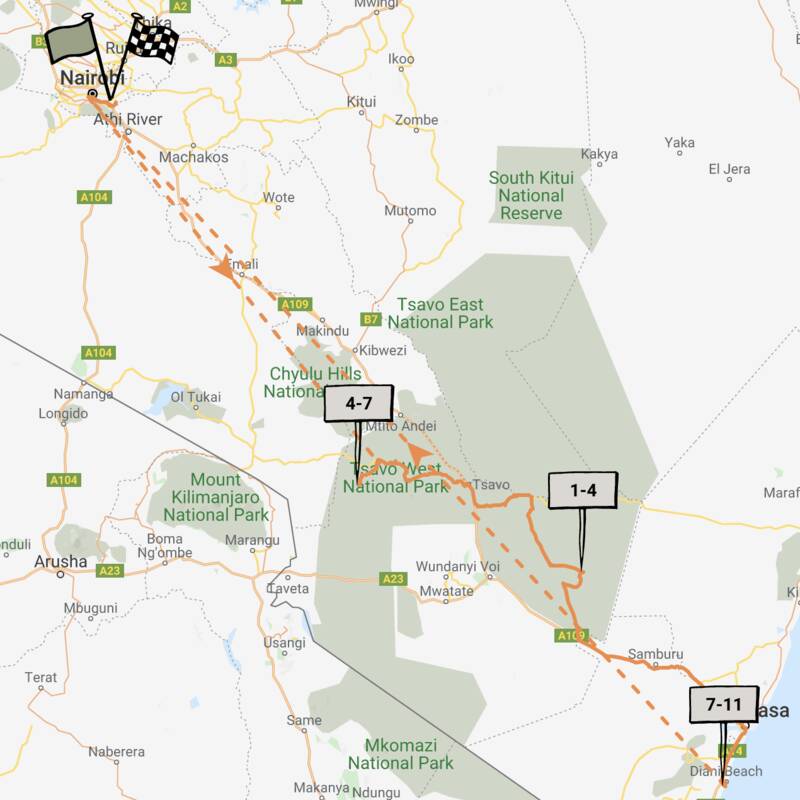
Elephant Safari
10 days • 3 locations • 1 country
NAIROBI AIRPORT TO NAIROBI AIRPORT
This example of a mid-range Kenya safari and beach trip explores the wildlife of Tsavo West's volcanic plains and woodlands, Tsavo East's immense plains and the white-sand beaches and lush environment of Diani Beach.
Visiting Tsavo East, Tsavo West and 1 other area
US$6,270 - US$6,350 per person
Severin Safari Camp: Our full report
Of the limited number of accommodation options in Tsavo West, Severin Safari Camp is one of just three tented ...
... camps and unusual in being built on a flat plain that usually teems with wildlife. German owned, and run with enthusiastic devotion by a German couple, it is very centrally located for Mzima Springs, the Tsavo River and Tsavo West’s spectacular volcanic landscapes. The camp has an Eco-Tourism Kenya Silver Award and our impression is that it’s run on strong eco-tourism principles.
The unfenced camp was built alongside an old self-service banda site, Kitani Bandas (which Severin overhauled in 2001 and now manage together with the main lodge). Arriving at the camp, you pull up right outside the reception area and the shop selling local crafts and souvenirs. Straight ahead is the main dining area, bar and lounge terrace (well shaded to cope with the area’s high temperatures), with bar stools, comfy sofas, and views directly into the bush over a number of small waterholes. There’s a firepit nearby, for sundowners or after-dinner drinks.
While most lodges aim for a vantage point to provide guests with a spectacular view of the landscape and wildlife below, Severin stretches out on the flat plain itself, and the animals are all around – and in – the camp. You’re witness to an unending display of warthogs, giraffe, antelope, and birdlife lured by five waterholes. It all makes for a particularly direct and vibrant experience of the bush. On one of our stays, for example, we just missed a lion kill close to reception – the manager put all his guests in the camp vehicles and led them out to watch the meal.
Guests at Severin Camp have the choice of tented accommodation or solidly constructed cottages.
The 21 octagonal tents, with mosquito screens most of the way round, stand on crazy-paved plinths, and are suspended beneath steep, makuti-roofed shelters. Solid-walled, hotel-style bathrooms, with flush toilets, bidets, double washbasins, and white towels and bathrobes, give these facilities a contemporary feel. There are rainfall showers and bathtubs in the tented suites. Water at the lodge comes from a spring, with a pumping station and purification system. It’s fine to drink, but guests are provided with free bottled water anyway.
The bedrooms are furnished simply, but comfortably, with ceiling-to-floor mosquito nets over the beds, and a writing table – though the only seating is canvas directors’ chairs. You can charge batteries in the tents between 5.00am and 11.00pm, when the power is on.
Electricity is provided by two large and two small generators and times can be extended if requested for light or charging batteries. Hot water is supplied by solar panels with power stored in batteries. They also use steam from the generators to heat water (‘water-heating boilers’).
The tents are ranged around an arc about 300m long, facing the waterholes and bush. Your focus might be all on the wildlife, but this does mean the tents are only an average of five to seven metres apart, too close for much privacy. That is one issue that might persuade some people to opt for one of the bandas or tented suites – or a different camp.Two tented ‘Mawenzi’ suites are in the other direction (south) from the main areas and designed for honeymooners and couples who want privacy.
The four solid-construction cottages, on the north side of the arc of tents (and thus furthest away from the main areas) are designed to feel like a seamless part of the camp – but are for people who want a little more privacy or who are uncertain about the prospect of ‘camping’ in the East African savannah. Their bathrooms are similar to those in the tents, but they have rainfall showers and, in addition, they have an outdoor shower, effectively a small, walled courtyard, open to the sky, again with a rainfall shower. Furnishings are similar to those in the tents. Otherwise, the main points of difference between the tents and the cottages – apart from the obviously solid walls and doors – are an extra lounge area with a sofa, tea- and coffee-making facilities, and the recliners and sun awnings on the decks.
The camp conducts game drives using three, open 4x4 safari vehicles (two Land Cruisers and one Land Rover) with three rows of two seats, and a seventh passenger seat at the front.
Although it is in a national park, daytime game drives are not the only activities you can do at Severin. The stand-out feature is the very nice yin-yang swimming pool and the well-equipped ‘Kenbali’ spa, that combines elements of Kenyan tradition with Balinese Hindu massage and therapy.
Unusually, for a national park, the camp runs four-hour bush walks with armed KWS rangers and two-hour night drives with spotlights. Severin has special permission to do the night drives in agreed areas. Likewise, the bush walks set off with a Maasai guide (equipped with snacks, water, first-aid kit, radio and whistle) and an armed KWS ranger. You can walk over the lava flow to Mzima Springs or cross the Tsavo River. For both these special activities, the camp needs a minimum of 24 hours’ notice.
Although you have the whole of Tsavo West National Park’s 7,000km² to explore – if you have time – the park’s top attraction, Mzima Springs, is just 8km from Severin. At the springs, where the car park and nature trail are guarded by rangers, you can watch hippos and crocs disporting themselves in the shallow, crystal-clear waters beneath shady fig trees. There’s an underwater viewing tank here, sunk on the lake floor at the end of a short pier. It’s not uncommon to see the funny, tiptoe paddling of a hippo, or the sinuous, gliding shape of a croc, and you’ll always see the lesser denizens of the springs – hundreds of large fish.
Activities
4WD Safari
Birdwatching
Guided walking safari
Private activities
Families & children
- Attitude towards children
- ‘No problem, we have lots of children’
- Property’s age restrictions
- None
- Special activities & services
- Early meals can be arranged. There is no baby-sitting or child-minding service.
- Equipment
- Two cots, two highchairs.
- Generally recommended for children
- We would recommend Severin to families with children over the age of about seven.
- Notes
- Children will need to be old enough to understand the limits on where they can wander in an unfenced camp. Parents should also be aware that Severin has a large pool, and always keep children under close supervision.
Food & drink
- Usual board basis
- Full Board & Activities
- Food quality
- Most of Severin Safari Camp’s fruit and vegetables – plus eggs and honey – come from their own organic farm on the coast. Meal service timings are fairly informal, allowing for guests’ individual safari activities, but the overall standard has been high on both occasions we’ve stayed, with a good mixture of plain and simple, and more adventurous dishes (typically three or four choices for each course) and usually some vegetarian offerings.
Breakfast is always a big buffet, with cereal, fruit, pastries, cold cuts and cheese and a cooked breakfast available from the buffet, with eggs cooked to order. Pancakes and waffles are also available.
A typical four-course dinner menu includes starters of: avocado and smoked sailfish timbales, tomato and cucumber salad with sour cream dressing, seafood ragout wrapped in a coriander pancake. There’s a choice of soup, for example carrot and ginger, or a consommé.
The main course might feature a beef fillet with mushrooms, vegetables and sautéed potatoes, or fish in an orange curry with rice and vegetables.
Dinner always includes hot stone, cook-your-own marinated beef and pork, with dipping sauces and side dishes.
Desserts might included banana crumble and custard, panacotta on chunky fruit sauce or a flambéed crème caramel.
Lunch is much simpler, and perhaps a reflection of the heartiness of breakfast and dinner, and is a mix of plated and buffet service. A typical menu includes a green salad with a choice of dressings, minestrone soup, a cold meat platter with cold roast beef and chicken, ham, salami and pickles, a pasta dish, burgers or fish goujons, followed by fruit salad or profiteroles. - Dining style
- Individual Tables
- Dining locations
- Indoor and Outdoor Dining
- Further dining info, including room service
- None, except on special request
- Drinks included
- Not included. Sample prices: local beer 500ml Ksh320 ($4), soda Ksh160 ($2) glass of house wine Ksh320 ($4).
Our travellers’ wildlife sightings from Severin Safari Camp
Since mid-2018, many of our travellers who stayed at Severin Safari Camp have kindly recorded their wildlife sightings and shared them with us. The results are below. Click an animal to see more, and here to see more on our methodology.

100% success

100% success

100% success

100% success

100% success

80% success

80% success

60% success

40% success

33% success

20% success

20% success

0% success

0% success

0% success

0% success

0% success
Getting there
- Location
- Tsavo West National Park, Kenya
- Ideal length of stay
- Three to four nights
- Directions
- The transfer to camp takes 15 minutes from Kilaguni airstrip, or 30–45 minutes from Finch Hattons airstrip, depending on game viewing opportunities along the way.
- Accessible by
- Fly-and-Transfer
Special interests
- Scenic walking & hiking
- It is unusual to be allowed to walk in Kenya’s national parks, but Severin Safari Camp’s four-hour bush-walks enable you to explore Tsavo West National Park with an armed guard. It will need to be booked in advance – ask us for more details.
- See ideas for Scenic walking & hiking in Kenya
Sustainability
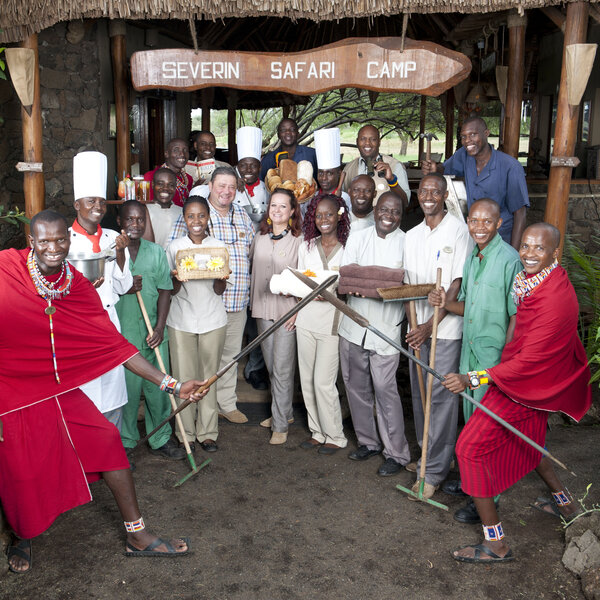
Going green by reducing water consumption
To protect the fragile environment of the 7,065km² Tsavo West National Park in which it operates, Severin Safari Camp has developed a programme guided by the principles of ecotourism. A big contribution to the eco-friendliness of the park is made by the way it manages the water used in running its daily operations.
Fresh water is brought to Severin Camp using its own pipeline coming directly from Mzima Springs. The water is stored in reservoir tanks with a capacity of 100,000 litres and then treated, through the chlorination and filtration system, before supplying the entire camp. Hot water is obtained using solar energy and heat recovery of the power generators. Moreover, the showers in guest tents are fitted with tap flow reducers to increase water use efficiency. In terms of waste water management, Severin Safari Camp possesses a treatment plant which cleans all the waste water from the tents and the kitchen, which then gets re-used for watering the lawns.
Guests are educated about the importance of environmental protection during a "Back of the House" tours. Moreover, on arrival, each guest is made aware about the importance of water conservation and is encouraged to re-use their towels to help conserve water.
For having passed numerous quality standards, Severin Safari Camp has won the Gold TravelLife Award for sustainability in tourism, and in 2016 was awarded with the Tripadvisor Certificate for excellent service.
See more great sustainability projects in Kenya
Communications
- Communications
- There is Safaricom cellphone network in this part of Tsavo West, and WiFi is available throughout camp.
- TV & radio
- There is a TV in the staff canteen, which is available on request.
Health & safety
- Malarial protection recommended
- Yes
- Medical care
- First-aid training has taken place for 15 staff, and is updated every three months. There’s a first-aid kit in camp. Kilaguni clinic is 15 minutes’ drive away. In an emergency, the flying doctors can land at Kilaguni airstrip, less than 15 minutes’ drive from camp.
- Dangerous animals
- High Risk
- Security measures
- Maasai askaris are on duty day and night, and escort guests around camp during the hours of darkness.
- Fire safety
- Every tent has a fire extinguisher. Every corner of the dining area has one too, plus other areas. Fire alarms are installed and fire drills take place every three months for all staff.
Useful info
- Disabled access
- On Request
- Laundry facilities
- Full Laundry Service - Extra Charge
- Money
- There are small safe boxes in the guest tents and suites, and a larger one in office.
- Accepted payment on location
- The camp is cashless in terms of payments for services, extra drinks etc, and Visa and MasterCard are both accepted. Tips can be paid in cash.
Plan and book your trip with Expert Africa
All of our trips are tailor-made, so we'll always adapt them to suit you. Talk to an Expert and let us plan and arrange your perfect trip.

Talk to an Expert
Call or email us now! We’ll match you with the Specialist in our team who is best suited to help you. Then together we can start planning your trip.

Set up your itinerary
Based on our experience and your ideas, your specialist will create a detailed, costed itinerary. We’ll refine it together, until we have a trip that you’re perfectly happy with.

Prepare for your trip
The same Specialist will make the seamless arrangements for your trip, send you detailed travel documents, and be available to answer any questions before you depart.

Travel with peace of mind
After you set off, you’ll be cared for by our partners in Africa, most of whom have worked with Expert Africa for decades. And if you ever need us urgently, we’re available 24/7.

When you return
We love to learn about your trip, and so will always be grateful if you’ve the time to give feedback to your Specialist when you return.
Severin Safari Camp's location
Look closer at the environment and surroundings of Severin Safari Camp.
Other lodges in Tsavo West National Park
Alternative places to stay in this same area.
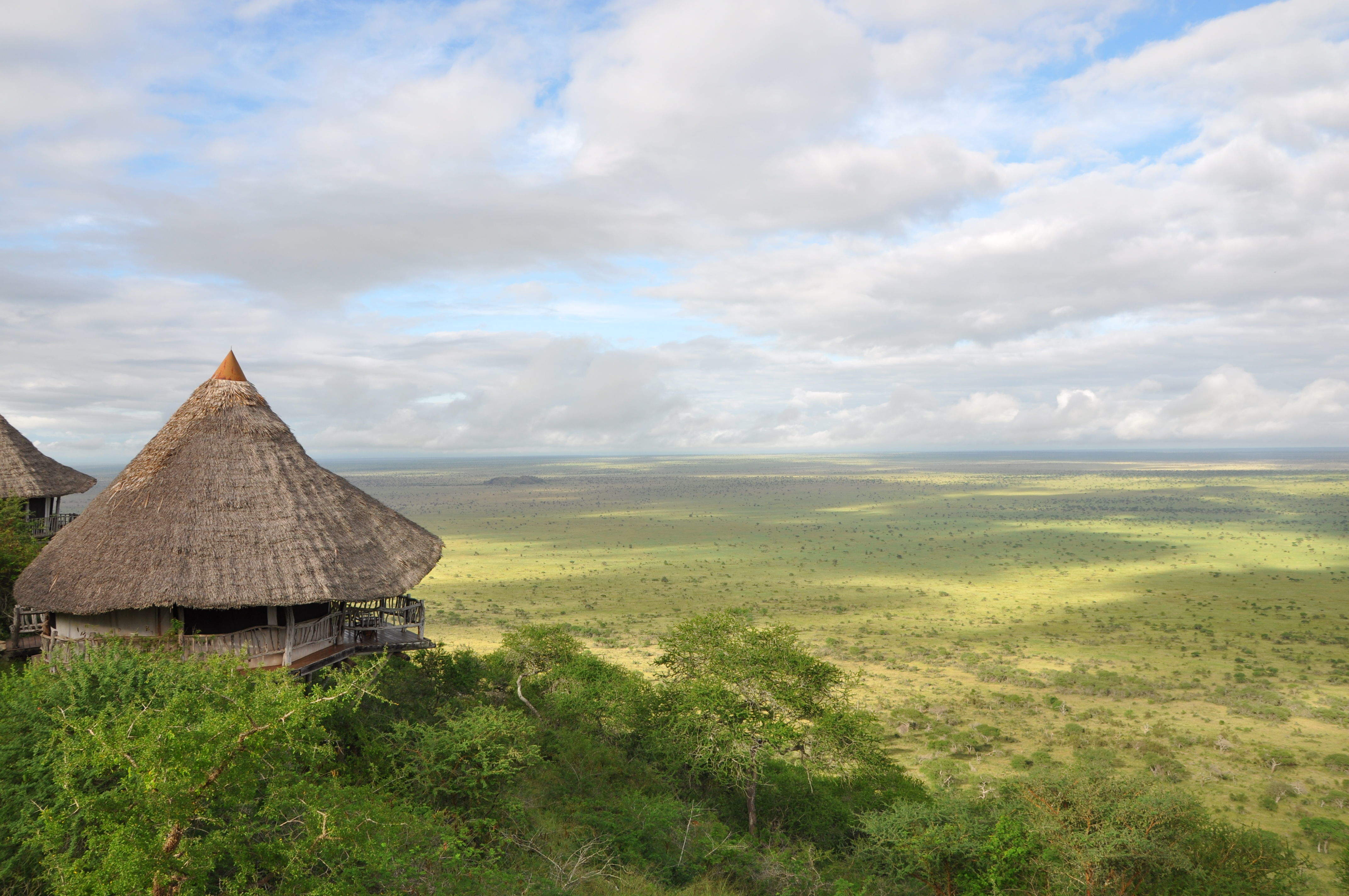
Lions Bluff Lodge
The community-owned Lion’s Bluff is spectacularly sited at the end of a dramatic ridge, with stunning sunsets and sunrises and good views of Kilimanjaro in clear weather.
When to go to Tsavo West National Park
Our month by month guide: What it's like to visit Severin Safari Camp in Tsavo West National Park
Jan
Feb
Mar
Apr
May
Jun
Jul
Aug
Sep
Oct
Nov
Dec
Kenya in January
Clear, hot days and warm nights make this high season a popular time for safaris and it’s also good for diving and snorkelling as water clarity is excellent and gets better as the dry season progresses. Most lodges and tented camps treat January after the New Year week is over, as mid-season, making it a good compromise in terms of value for money with reasonably reliable, dry weather and some greenery left in the landscape.
Expert Africa bases its description of climate and weather in January, like the other months of the year, on the climate records of roughly the last 100 years, and it's fair to say that the weather and seasons since the beginning of this century have been highly irregular and unpredictable.
- On average, January is the second driest month of the year
- Elephants dig waterholes in the dry riverbed in the Samburu reserve.
- Wildebeest and many antelope have their calving season, to February.
- Migrant birds are seen in huge numbers, especially in the Rift Valley.
- Sea water clarity around the coral reefs generally good.
Our view
Fantastic: the very best time to visit
Weather in January
Kenya in February
With the short dry season well established, the grass grazed down and wildlife gathering close to water points, this is still a good time for a safari. Good water clarity in the Indian Ocean's coastal waters makes for excellent diving and snorkelling conditions.
Expert Africa bases its description of climate and weather in February, like the other months of the year, on the climate records of roughly the last 100 years, and it's fair to say that the weather and seasons since the beginning of this century have been highly irregular and unpredictable.
- On average, February is the driest month of the year.
- It’s sometimes possible to swim with whale sharks at Diani Beach.
- Migrant birds are still seen everywhere, especially near water.
- This is usually peak calving season for wildebeest and many antelopes.
- This month is often the hottest of the year, especially on the coast.
Our view
A very good time to visit
Weather in February
Kenya in March
Hot, increasingly humid weather – with good diving and snorkelling conditions at the start of the month – gives way to rains and lower accommodation costs. Expert Africa bases its description of climate and weather in March, like the other months of the year, on the climate records of roughly the last 100 years, and predicting the seasons since the beginning of this century has been difficult.
March is the month when – traditionally – intensely hot conditions build up until a cloudburst finally happens at the end of the month or in early April, to relieve the humidity. As ever, regional variations across the country can greatly impact on visitors' experiences.
- Sea-water clarity is best for diving before the long rains start.
- Visitor numbers are low, though the Easter holidays can be busier.
- Night skies can be scintillatingly clear in early March.
- Cropped down savannah grasses can make it easier to see the wildlife.
- Temperartures climb high, especially at lower elevations.
Our view
A good time to visit, with pros & cons
Weather in March
Kenya in April
April sees the full onset of the southeast monsoon wind or kusi, which heralds the long rains. Temperatures drop soon after the rains are established and you’ll often have facilities largely to yourself in this more affordable low season, sometimes known as the "green season". The bush quickly springs to life, with greenery sprouting almost before your eyes. While you're likely to get a fair number of heavy showers, the breaks in the rain can yield sparklingly clear conditions.
With the dust settled and bright sun piercing the clouds, conditions can be sublime for photography, especially first thing in the morning or in the late afternoon with another storm brewing. You may be lucky, or you may find conditions very wet and muddy.
- A wet month, the coast often gets more than 300mm (12in) of rain.
- Sunny spells can provide great light for photography.
- Buffalo and zebra calving season often happens in this month.
- Baby crocodiles hatch, for example on Central Island in Lake Turkana.
- Palearctic migrant birds gather to fly north to breeding grounds.
Our view
A time to avoid if possible
Weather in April
Kenya in May
While game viewing can be trickier as vegetation runs riot, between the cloudbursts the colours and light are great for photography at this time of year. Expert Africa bases its description of climate and weather in May, like the other months of the year, on the climate records of roughly the last 100 years, and while it's reasonable to expect heavy rains in many parts during this month, especially on the coast, the rains don't always come evenly or in some areas come at all.
In an El Niño year, the so-called long rains that normally are established across much of the country by May can be meagre, to the despair of farmers. On the other hand in a La Niña year, the long rains can bring floods. On the coast, the monsoon winds make the climate much more predictable, with heavy rains common throughout this month.
- Frogs breed in the ponds in the Arabuko Sokoke Forest near Watamu.
- Wildebeest, impala and other grazers are in rut (the breeding season).
- Kilimanjaro looks its best as heavy rain falls as snow on the summit.
- There's a sharp peek of rainfall on the coast with many rainy days.
- Accommodation prices are uniformly low, while some camps close.
Our view
A time to avoid if possible
Weather in May
Kenya in June
The rains give way to cloudy, cooler weather, often making for comfortable conditions by the end of the month, especially in the highlands. Starting from mid-June or the beginning of July and running until the end of October, this is the high season, and accordingly has higher accommodation rates and – at least until early September – higher numbers of visitors.
While the early part of June can often be rainy on the coast, it can be a great time to go on safari, with fresh greenery, many young animals and good photographic conditions with clear air.
- The Taru Desert, inland from the coast, is carpeted with flowers.
- The Lake Turkana Cultural Festival is held in Loiyangalani.
- Madaraka Day (commemorating self rule) is 1 June.
- The annual Lewa marathon runs a course through the wildlife.
- The Diani Rules "sports" event rips up the rulebook at Diani Beach.
Our view
A good time to visit, with pros & cons
Weather in June
Kenya in July
Kenya’s “winter" season sets in (winter is a misnomer but locals feel the change), and the highlands can be rather grey. Skies are often cloudy and the days can be surprisingly cool, with an average daytime high in many highland safari areas of 15-20°C and night-time temperatures dropping below 10°C in Nairobi and the highlands. Lower parts of the country and the coast are usually warm and dry, typically reaching highs of around 25°C with lows in the high teens.
As this is the start of the high season, coinciding with the usual arrival of the wildebeest migration in the Maasai Mara, July is a busy month. Ask your Expert Africa specialist to advise on how to avoid the crowds, which is not that difficult to do.
- The wildebeest migration usually reaches the Maasai Mara in July.
- Simbi Lake (Kisumu) and Crater Lake (Naivasha) can attract flamingoes.
- Watersports start to pick up and some surfing is possible at Malindi.
- Afternoon thunderstorms are a common feature in the Maasai Mara.
- The sea can be choppy along the coast, making diving difficult.
Our view
A good time to visit, with pros & cons
Weather in July
Kenya in August
The Great Migration fills the plains of the Maasai Mara, and school’s out, so the park roads are full of tourists – ask your Expert Africa specialist for advice on crowd avoidance tactics. Choose a private conservancy rather than a public national park or national reserve for quieter conditions.
Like July, August is generally mild and relatively dry in the safari areas, but it can be very chilly in the highlands, even in the middle of the day, and hail occasionally falls above altitudes of around 2,400m (8,000ft). Nairobi can be disappointingly overcast, with low cloud.
- Apart from Christmas holidays, this is the busiest month of the year.
- Late August sees peak wildebeest drama at the Mara River crossings.
- Coastal winds are good for kite- and wind-surfing.
- Few mosquitoes are around at this generally dry time of year.
- The annual Camel Derby takes place in the Samburu capital, Maralal.
Our view
A good time to visit, with pros & cons
Weather in August
Kenya in September
The skies clearing of cloud signals the start of hot, dry weather with little chance of rain – and, after the first few days of the month, far fewer visitors – making the latter part of September a good time for a quieter safari. While early September is often good for dramatic migration crossings along the Mara River, you might consider deliberately postponing your trip until later in the month, when the migration can still be very impressive and visitor numbers fewer.
If tourist surges are somewhat predictable, however, the patterns of the wildebeest migration are more volatile, and like all of Expert Africa's climate and weather assessments, they are based on accumulated years of experience rather than guaranteed certainty.
- This is still high season, with prices to match.
- Many river crossings take place on the Mara river in both directions.
- Natural bush fires flush out insects and small animals for predators.
- The Rift Valley Music Festival takes place by Lake Naivasha.
- With school holidays over by early September, late-month is quieter.
Our view
Fantastic: the very best time to visit
Weather in September
Kenya in October
Still hot, mostly dry and not too busy, this is many people’s preferred month for a safari, and it’s also good for diving and snorkelling. The wildebeest and zebra herds of the great migration are often still to be seen, though in dwindling numbers. The swamps of Amboseli attract thirsty wildlife including large herds of elephants.
While we wouldn't expect much rain across most of the country this month, the climate has become so unpredictable that you can never say never, and the possibiity of the short rains – usually associated with November to mid-December, starting early, can't be discounted.
- This month sees the tail end of the great migration in the Mara.
- Palearctic migrant birds start to arrive, staying until March.
- Turtle nests hatch at Watamu, until November.
- Amboseli elephants focus on the swamps for their daily water.
- The Indian Ocean monsoon winds turn from southeast to northeast.
Our view
A very good time to visit
Weather in October
Kenya in November
The northeast monsoon wind or kaskazi heralds the start of the “short rains", usually some time in the second half of the month. From November to mid-December, this is the low season, and accordingly has lower accommodation rates and lower visitor numbers. Across most of the country you can expect warm, somewhat cloudy weather, with occasional heavy showers and localised flooding.
Expert Africa bases its description of the climate in November, like the other months of the year, on the records of roughly the last 100 years, and it's fair to say that the seasons since the beginning of this century have been highly irregular and unpredictable: some years the short rains don't come at all, or don't reach every part of the country. In an El Niño year, the November short rains can be very heavy, but in a La Niña year, they can fail completely.
- Swimming with dolphins in Lamu can be done from now until April.
- Birders gather at Ngulia in Tsavo West to ring Palearctic migrants.
- The Lamu Cultural Festival takes over the town and Lamu Creek.
- Agricultural shows often take place regional market towns.
- This is low season, so camps can be great value, with special offers.
Our view
A good time to visit, with pros & cons
Weather in November
Kenya in December
In a typical December, the rains usually finish by middle of the month, leaving the landscape looking its best, under clear blue skies, and heralding the start of the second peak tourist season from around 20 December to the first week of January. Our assessment of the likely weather in December, like the other months of the year, is based on climate records, and it's fair to say that the seasons since the beginning of this century have been highly irregular and unpredictable.
Christmas can sometimes be wet, but most years the rains have finished a week or two earlier, with the festive season ushering in the perfect combination of clear skies and sunshine by day and starry nights.
- Christmas and New Year are busy, with the lodges and camps full.
- Rates are highest after 24 Dec, with supplements on public holidays.
- Republic Day and Independence day are celebrated on 12 December.
- Good kite- and wind-surfing restarts, with strong northeasterly winds.
- Mango season begins, providing excitement for primates and elephants.
Our view
A good time to visit, with pros & cons
Weather in December

Looking for inspiration on where to travel next?
Visit our trip chooser to explore your options and find inspiration for your perfect African adventure
Inspire me